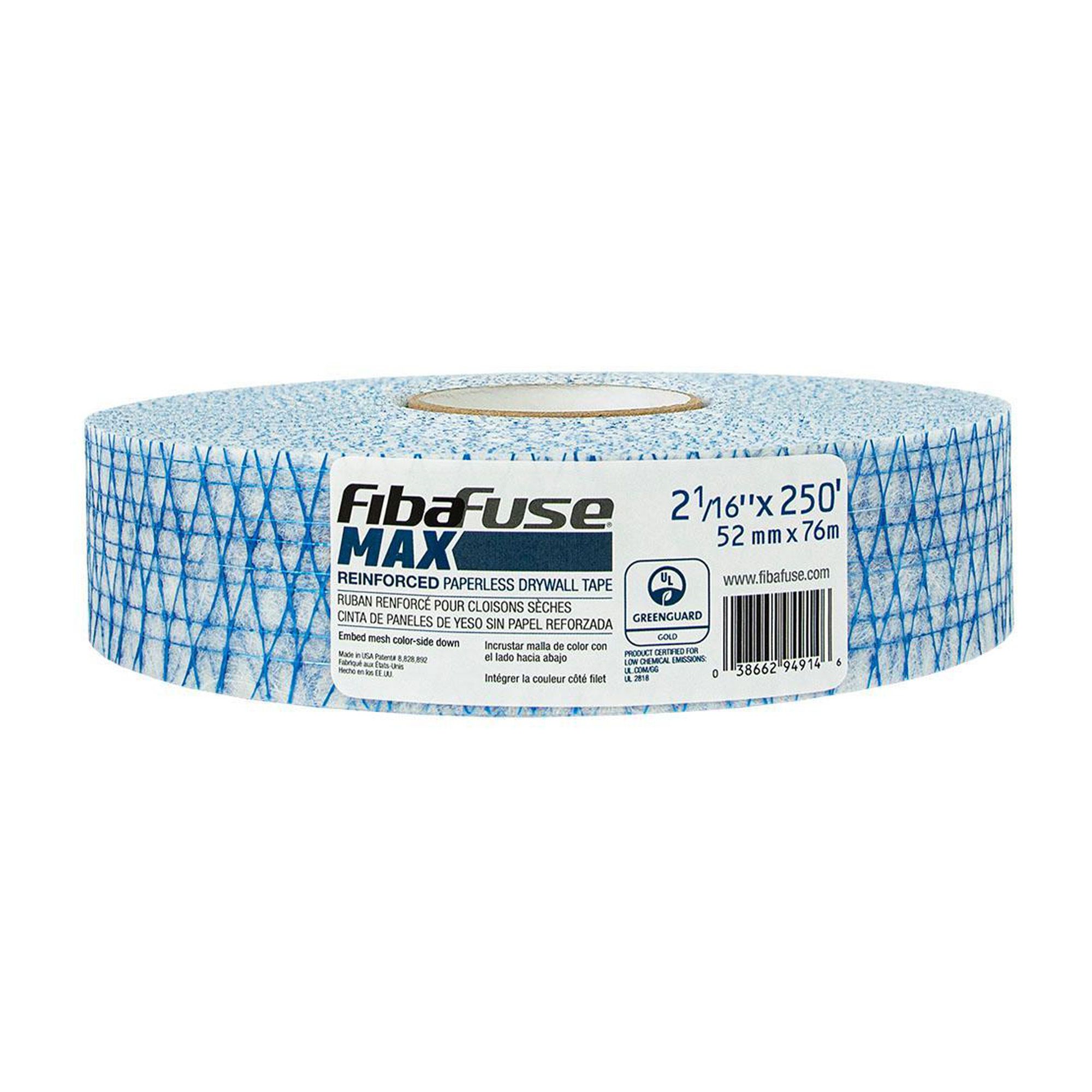

Regular 1/2-inch drywall is not for every application.

What he should be doing is measuring the drywall he needs room by room and ordering the lengths of drywall (it comes in eight-, nine-, 10-, 12- and 14-foot lengths) that will minimize the tape lines when he lays the boards horizontally - not vertically - across the wall studs. A lazy or unknowledgeable contractor will determine the number of square feet he needs to cover, divide by 32 (the number of square feet in a standard four-by-eight board), add something extra for waste and place his order. It's very important to get the right lengths of board.
#Installing paperless drywall install#
The ends need to be fully backed.) Is there full backing on every inside corner? (There should be.) Does he do the ceiling first and then the walls? (The right answer is "yes.") These questions will help you determine if your contractor will install the drywall correctly. Does he install solid backing at every seam where the drywall sheets meet? (The tapered seams can extend 16 inches unsupported, but no more. And find out if he does a last-minute check of the walls before the drywall goes up in case any of the studs have moved. Also ask him if he throws out the bad studs. Ask your contractor if he crowns his studs when he builds a wall. If it is properly installed on studs that have been crowned (installed so the natural curve of all the studs go in the same direction) and an experienced tradesman does the taping, you will wind up with a nice finish.ĭrywall is as much about the installation as the material. Standard drywall offers some fire resistance and is reasonably priced. Almost all of today's homes are built with regular 1/2-inch, paper-backed drywall on walls, and 5/8-inch drywall on ceilings.


 0 kommentar(er)
0 kommentar(er)
